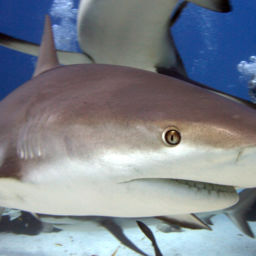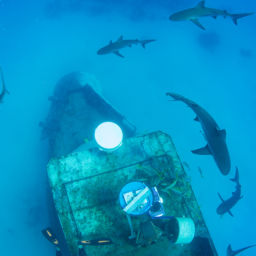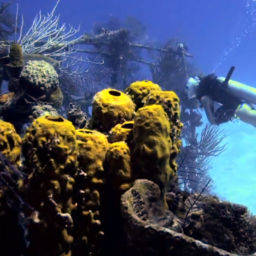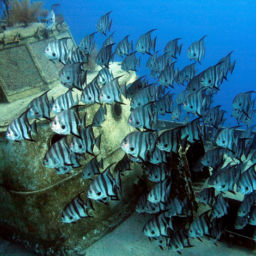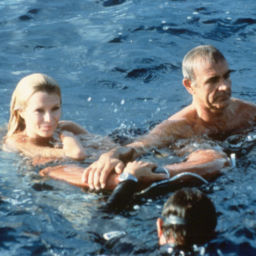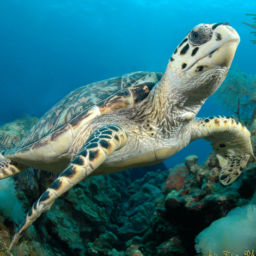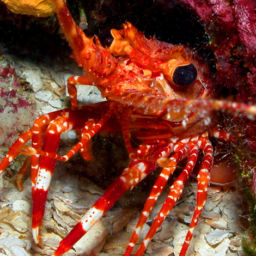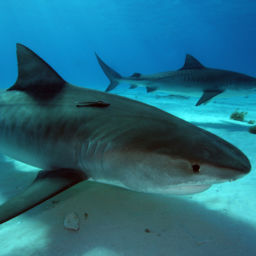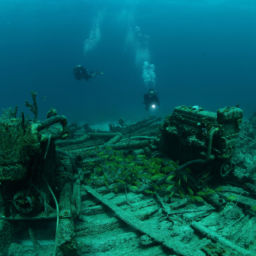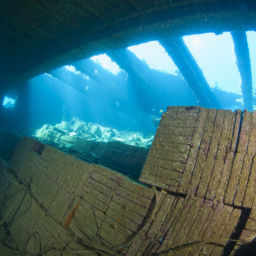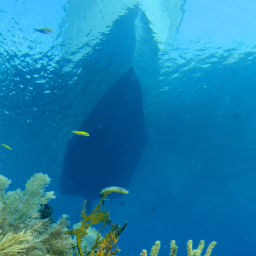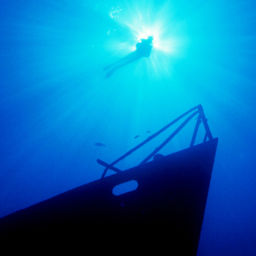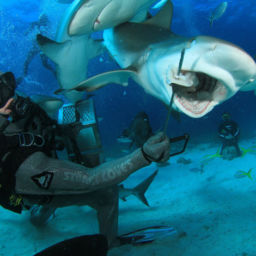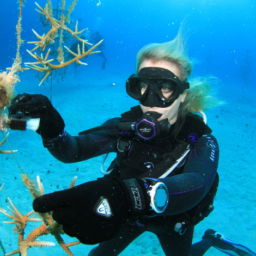The nonprofit Perry Institute for Marine Science (PIMS) works to protect the oceans through research that both informs the public and encourages action. The agency’s programs focus on improving understanding of the issues facing the oceans. They work with governments to develop management strategies and improve decision-making and educating the next generation of marine scientists. To increase capacity for coral restoration, PIMS created the Reef Rescue Network. This partnership between coral-reef scientists and local stakeholders includes community organizations, NGOs and dive operators.
What is the Reef Rescue Network?
The Reef Rescue Network coordinates coral-nursery establishment, maintenance, management, outplanting and monitoring with its partners. Specifically, the agency helps develop and implement criteria for restoration, makes nursery-site selections, harvests coral from source populations, grows corals in nurseries, outplants corals to reefs, and monitors successful restoration at multiple scales, from individual corals to ecosystem health. Work also includes research for breeding and dispersal of coral larvae and research on long-spined sea urchins, parrotfish and other key species, as well as reef surveys to help create Marine Protected Areas.
During 2018, the Reef Rescue Network established 30 coral nurseries throughout the Bahamas, with plans to extend further in the Caribbean.
Coral nurseries
Coral nurseries are an important component to marine conservation, as they provide a collection of species that scientists can add to the reef to help regenerate stressed or damaged areas. Coral’s slow growth rates were once thought to limit the ability to restore reefs, however, scientists now know that corals grow at different rates and, in favorable conditions, can grow much faster than in natural conditions on reefs.
Over the last few years, conservationists have rejuvenated many reef areas with corals grown in a nursery, both creating and restoring habitat for marine life. Out-planted corals have even spawned, which is a huge indicator of the positive effects of this type of coral rehabilitation. By increasing the numbers of distinct parent genotypes through propagation and out-planting of nursery-grown fragments, sexual reproduction and recruitment are expected to have higher success rates. This will, hopefully, ultimately aide in the natural recovery of the species. Consideration of genetic factors is essential because long-term restoration success may be influenced by genetic diversity of restored-coral populations. Many different species of corals are growing in nurseries all over the world.
Nursery designs
Several nursery designs exist for growing corals, each with different benefits based on the location’s specific environmental conditions and project goals. Mid-water nurseries are successful for growing several species of branching corals, while other, experimental techniques such as micro-fragmentation and spawning show promise for a wide range of species.
Currently one of the most popular nurseries is the ‘tree’ design, which is anchored to the seabed and often made using PVC pipes, joints, rope and a float to keep it suspended in the water column. Once the corals have grown large enough (usually 6 – 12 months for branching corals), scientists can out-plant nursery corals on the reef. They may either place corals on the reef intact or they may cut fragments off to outplant with the original piece left to regrow. With each pruning, the remaining fragments grow faster.
PADI Reef Rescue Diver Specialty Course
PIMS has developed a PADI Reef Rescue Diver specialty course that dive shops throughout the Reef Rescue Network are teaching. To participate, you must be a certified open-water diver and at least 12 years old. The course takes one day and consists of knowledge development and two open-water dives at a coral nursery.
This specialty intends to familiarize divers with the skills, knowledge, planning, organization, procedures, and techniques involved with coral-nursery diving. PADI instructors educate divers about coral nurseries, including essential facts about coral reefs, threats facing corals, coral nurseries’ function and how to maintain coral nurseries.
What you will learn
- What corals are
- How corals feed and what gives them the most energy
- How corals reproduce
- Common types of corals in the Caribbean
- Why coral reefs are important
- The threats to coral reefs both globally and locally
- Steps to help protect and rehabilitate coral reefs
- The function of coral nurseries
- How to maintain a coral nursery
- Problems that can occur in a coral nursery and how to fix them
- How to outplant corals from a nursery back onto the reef
- How to choose a suitable out-planting site
- What the future for coral restoration and reef rehabilitation looks like
- About the Reef Rescue Network
Once certified you may volunteer throughout the Reef Rescue Network.
Contact training director and coordinator Hayley-Jo Carr. Follow PIMS’ work on Facebook or Instagram and Reef Rescue Network here and here.






